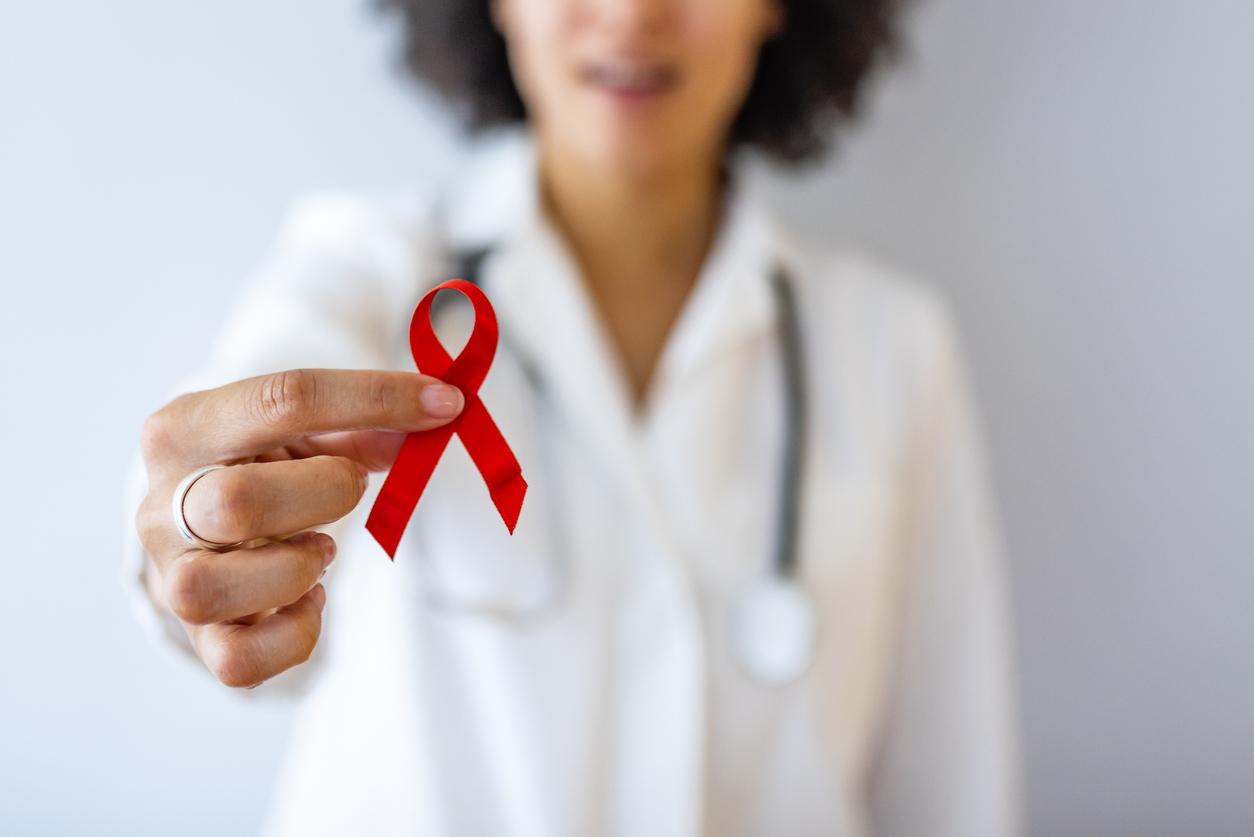A new study explains why boys born to HIV-infected women are at increased risk of health problems and death in early childhood.

- Mortality among infants exposed to HIV is 41% higher than among those not exposed to HIV, a new study finds.
- There are two main causes: inflammation and co-infection – in addition to HIV – with cytomegalovirus (CMV).
- Inflammation is measured by C-reactive protein (CRP) present in participants’ blood.
53% of people living with human immunodeficiency virus (HIV) are women and girls, according to UNAIDS. If pregnant, they must take antiretroviral treatments to reduce the risk of mother-to-child transmission. In 2022, 82% of all pregnant women living with HIV, or 1.2 million women, received antiretrovirals, according to the World Health Organization (WHO).
HIV: systemic inflammation in mothers and co-infection linked to infant mortality
Adverse effects exist, both for the mother and for her child during the first months of life, according to the Vidal. In a new study, published in the journal Nature Communicationsscientists wanted to measure the risks for children born to HIV-positive mothers and find their causes. To do this, the researchers compared the health data of infants exposed to HIV (whose mothers were taking antiretroviral treatments and who were breastfed) and those of children not exposed to HIV. Thus, they observed that mortality among infants exposed to HIV was 41% higher than among those not exposed to the virus.
But why ? Researchers have identified two main causes. Blood samples from mothers and children allowed scientists to observe that systemic inflammation in HIV-positive women, as measured by C-reactive protein (CRP), was strongly associated with infant mortality. According to them, reducing inflammation in pregnant women could reduce infant mortality. The second cause is co-infection – in addition to that of HIV – by the cytomegalovirus (CMV), which is one of the factors in the progression of AIDS disease. CMV is associated with infant mortality and may impact the development of a child’s immune system.
An impact on growth, development and the immune system
On the other hand, infants who survived and did not become infected with HIV had growth and development problems. Scientists also note that the immune systems of babies exposed to HIV – particularly boys – were less effective than those of children who had not been exposed to HIV. “Inflammation, indicated by the CRP protein, is simple to measure, providing the immediate possibility [d’identifier les nourrissons] most at risk of death, and [suivre plus spécifiquement] high-risk pregnancies, explains Dr. Ceri Evans, one of the authors, in a communicated. CMV co-infection, common in sub-Saharan Africa, [pourrait aussi être visé] to improve predictions [chez ces enfants].”


















